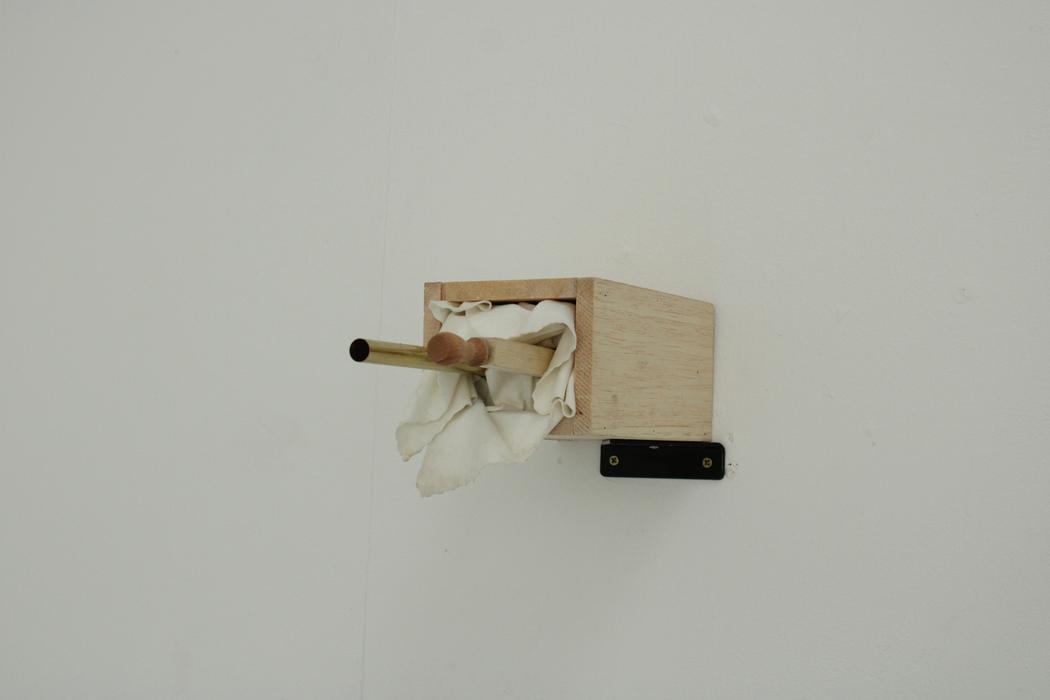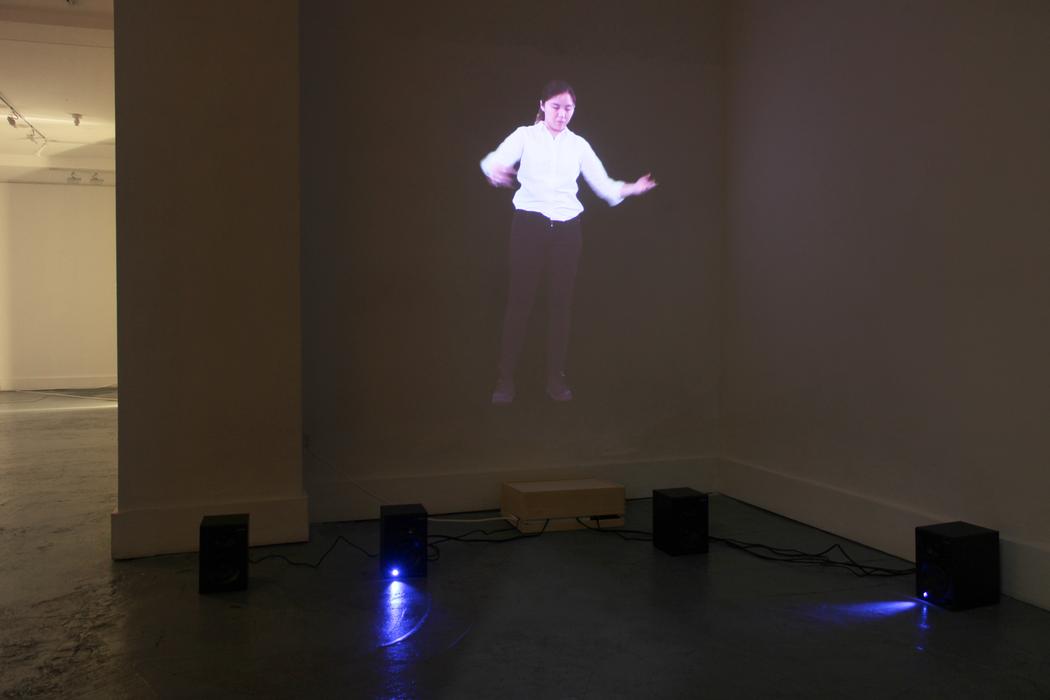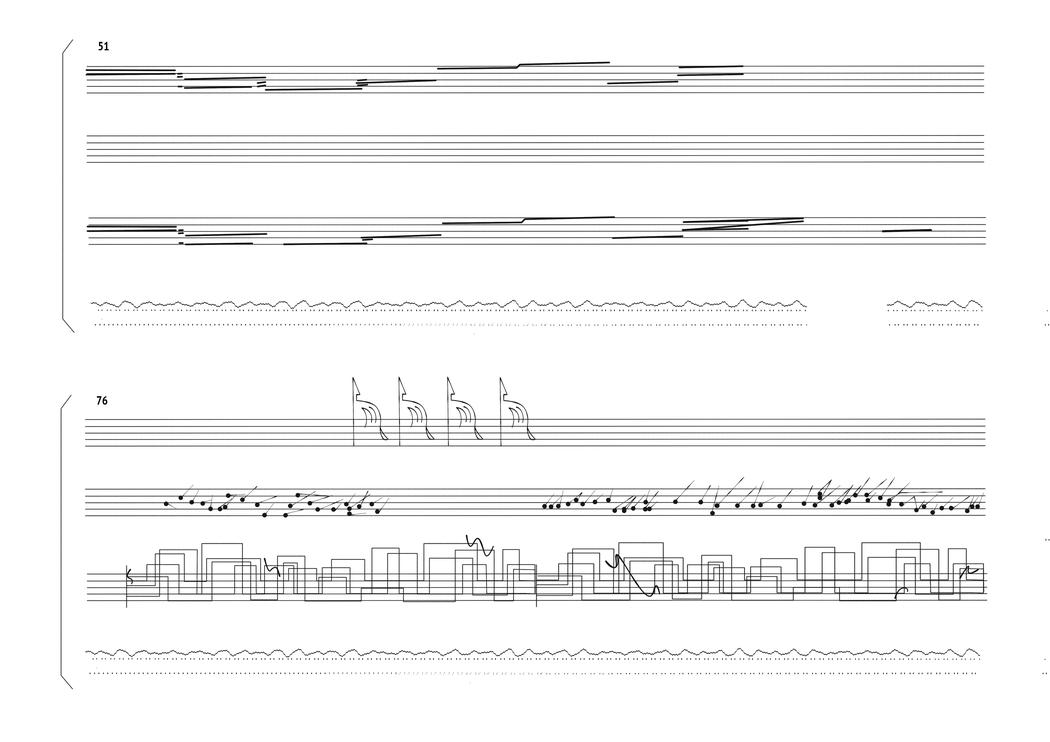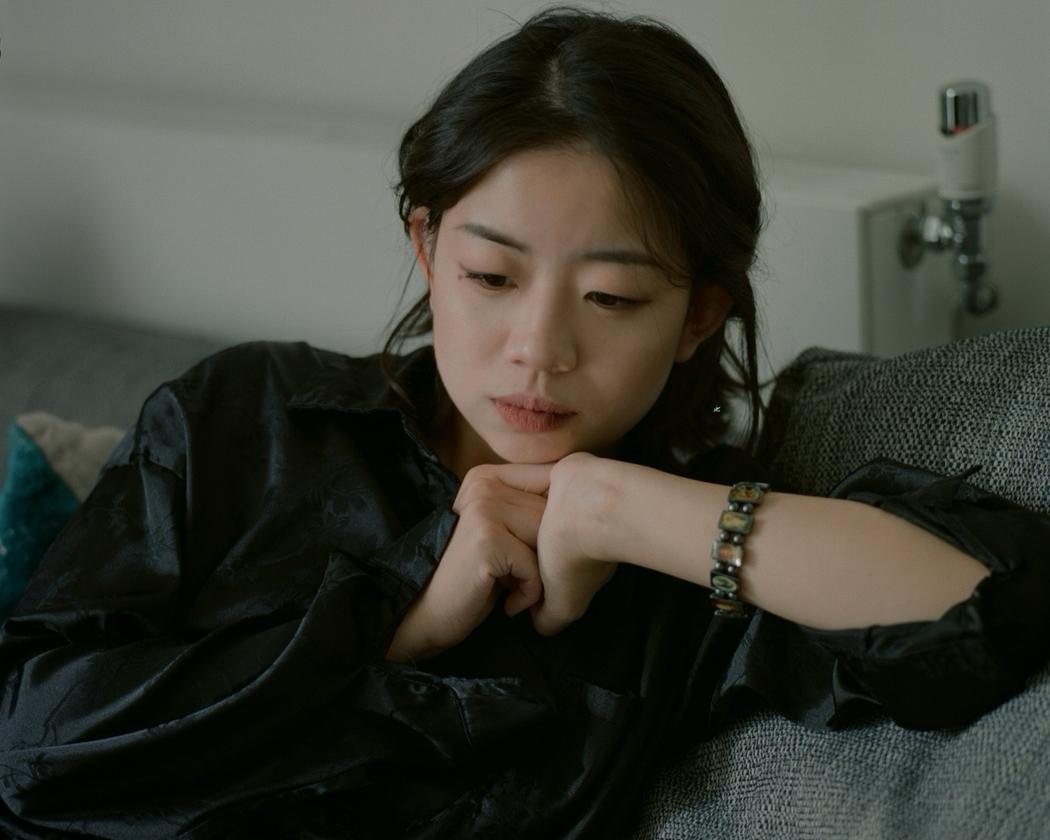Shan Lyu
Your work often explores the intersection of sound, space, and information. What initially drew you to these themes?
One obvious reason is that I’m drawn to the unknown. Personally I am an enthusiast of aviation radio. When listening to ATC (where legal), I am often astonished by the intensity and precision in the exchange of information that can be carried through language and audio. These networks are deeply embedded into mundane daily life with high repetition and structure, and it creates a sphere of information flow. The more flight activity expands globally, the harder it becomes to grasp the enormous scale and complexity of simultaneous travel, all of which is supported by meticulous systems of planning, coordination, and communication. The flow of communications, the activities of transmitting and receiving map out a architectural structure that is invisible, and remain exclusive with coded language and specific transmission formats that is inaccessible to most people. It’s almost colonial.
The codes and the encrypted languages are usually veiled. What appeals to me the most is the concealed, the unknown, the things we can sense but not fully decode.
 Shan Lyu | Little Pipe | 2023
Shan Lyu | Little Pipe | 2023
How does your background in music production influence your approach to visual or installation-based work?
I’m actually not an expert at playing musical instruments, but I do play and practice a lot. The act of practicing with this medium is an insight and revelation of my muscular sensitivity. Music, sound and listening is, for me the most dominant sense in all the sensory perceptions. My visual works and installations are designed as vessels for sounds, where the two mediums intersect to construct a space to emerge sensitive insistence of unconscious attention to the experience itself. The visual presentation is the interpretation of listening, while soundscape fluidly generates a guiding, immersive image as a whole. Theoretically it’s inter-disciplinary practice. However, it’s not just about the dimensions in the installation-based works, it’s a model I want to demonstrate that visual output and music can be inter-changeable.
Most of my installations are sound/ interactive installations, and I link up audio and visual in a macrocosmic view. In this setting the visual presentation incorporates the symbolism of the content being listened to, so in my arrangement the installations have to be holistic in terms of being able to constitute the harmonic sequence, together with sound.
This can be found in many of my notation works that connects visualisation and sound system. For example, in ‘The Real Perform’, there’s a video of a conductor conducting a piece digital, pre-recorded music. It’s an experiment in the audience’s conscious and unconscious perception. This audio-visual setup tests the degree of attention paid to the visual and auditory senses, and how a cooperation is established. My practice isn’t bound by disciplines—it’s about dissolving them.
In your statement, you mention “intimate sonic perception.” Can you expand on what this means for you and how you engage it in your works?
I was influenced by the phenomenology of ‘intimate immensity’ that Gaston Bachelard described in his book “The Dialectics of Inside and Outside”. The concept of “intimate space” is a type of space that is closely connected to our emotions, memories, and sense of self (closet, wardrobe etc.). It is often within this small and enclosed space, through the emotional connections that we experience the feeling of spaciousness or vastness.
In my work it means dialogue between “I”, as the subject for intimacy, and the vast discourse of “non-I”. It is reflected in many of my works when considering the physical set up and environment of the showcase. One of which is “A Theme of Hacking”, where there is a combination of live capture of aviation radio from airport (represents the distant and vast audio information), and electromagnetic microphones that detect the small electronic devices that audience carry (represents the intimate signal). The tension of intimacy and immensity arises from the intersection between global audio communication and intimate sound. It is a dynamic system that is constantly restructured by audience presence and movement—where each visitor’s interaction subtly disrupts and reshapes the sonic environment.
The intimate perception is a subtle sensation and it does require some arrangement.
 Shan Lyu | The Real Perform | 2023
Shan Lyu | The Real Perform | 2023
Several of your works transform transportation systems into visual scores. Could you describe how you translate transit data into musical structure?
Musical scores are fundamentally mathematical and alphabetical sequences arranged along horizontal and vertical axes. as long as the database can be plotted on a Cartesian coordinate system, it can be transformed into a visual score under ranges of pitch and tempo with no limit. The statistical data in my work ‘Transport 14.24.22’ is based on the latitude and longitude as raw data. Longitude corresponds to pitch, while latitude corresponds to time and tempo. When this data is mapped onto a piano roll, it creates a visual representation of musical progression that you see a lot in DAW. This process is like creating a new map through sound. This process also connects to alchemical and philosophical traditions, which I’ve been exploring in recent studies. Think of Pythagorean theory, where music and mathematics are closely connected, where numbers are music and proportion becomes interval. I like working in this logical system while still allowing space for intuitive interpretation, perceiving and shaping the score not only as data, but as an expressive medium.
How do you think sound can shift or reframe our perception of urban environments?
I think it depends on the medium of sound and methodology. For instance, field recordings, either captured live or played back in a public setting, can intervene with the existing urban soundscape and reshape our understanding of what we call “noise”. If you gather field recordings from various points within a small urban area, you’ll notice striking differences in sonic texture and sonic ambience, revealing that noise itself can be narrative.
There’s also a growing body of research about urban sonic and scoring the urban soundscape. In cities, sound behaves as a signal that interacts with architecture. It bounces off surfaces, refracting around corners, and creating a sonic topography that mirrors the physical layout of the space. This allows for a re-imagining of the city as a kind of acoustic map.
In my works, sound reflects infrastructural layers like wireless signal networks and human migration which are concealed but can be listened to. These networks are fundamental to the shaping of urban topography and cultural movement integrated in the daily life.
 Shan Lyu | A Theme Of Hacking | 2025
Shan Lyu | A Theme Of Hacking | 2025
Could you talk about the process behind “The Real Perform” and how you integrated performance, projection, and sound?
The sound part is a composition of four electronic music tracks, each of which has a main sound (or instrument) type, and is played by four different speakers. The video is a conductor conducting these four speakers and is projected on the wall. I also created a visual score for the music as a guidance for the conductor, but it’s an abstract guidance of sound strength and pattern instead of accurate execution. This gives the conductor a flexibility in responding to the sound piece in their own body language.
The sound tracks and the video of the conductor are recorded in advance. The key point is that what is exhibited is not a live orchestra, but just acoustic equipment, while what is presented is a conductor conducting the piece of music (from speakers) to produce a performance in the form of live orchestral concert. There is immediacy of the conducting, so the audience’s first sense is a direct and reasonable behaviour between a conductor and the sound. In fact, the video and music in the work are recorded separately, so it creates a detached immediacy. The rational existence of immediacy is due to the guidance of the conductor’s body movements in the video and the audience’s perception of the sound of different channels in the scene.
The idea of this work is based on the relationship between visual and auditory perception and consciousness, and how the attention is paid to audio and visual at the same time. At first sight, audience instinctively and consciously understand the work as a whole, but if we take a step backwards and disassemble the sound and video of conducting, we will be using the unconscious mind. In the unconscious mind, audience pay equal/separate attention to the visual and auditory senses (Freud). That is to say, when the audience see the work, they first consciously understand the sound and video as a whole conducting performance, while in the unconscious perception, the conductor and sound are understood separately, becoming detached immediacy.
 Shan Lyu | The Real Perform Score | 2023
Shan Lyu | The Real Perform Score | 2023
How do you design installations to guide or influence the way an audience listens?
As I mentioned in earlier answer, I approach installation as a macrocosmic composition. In general I’m finding find a balance between visual and auditory presentation, designing each element so that it contributes to a holistic, harmonic experience. Rather than drawing the audience’s focus to either the visual installation or the sound alone, I want both to function as integrated parts of a unified sonic architecture.
My installations are often minimalist in form, to guide the audience to the sound source, or acting as a hinge for the narrative context within the sonic material. For example, in ‘A Theme of Hacking’, the arrangement of speakers, antennas, and microphones forms a pentagram, a geometry drawn from alchemical references to the “microcosm.” It is a small detail but I want to turn the installation into a resonant instrument that represents the unity of sensory perception and bodily awareness.


Leave a Reply